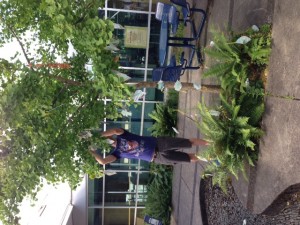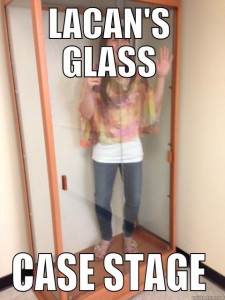The origin of this form of story telling goes all the way back to the time of stained glass windows, narrative painting and art. The role of these images were to unfold a story, events and actions. To say that humankind hasn’t had a preferred eye for this form of art would be untrue. Images are universal.
The article ‘Using Graphic Novels, Anime & Internet in Urban High Schools’ by Nancy Frey & Douglas Fisher talks about the use of graphic novels to help students improve their writing. Graphic novels helped students practice their writing while giving them the skills to become competent writers. Through the activities performed the students were able to slowly become more comfortable with experimenting with longer sentences. The students were also given images as writing prompts.
Many of the students who were in this class were English Language Learners. Although I have never taught a Graphic Novel I can see how using them with ELL’s would be very beneficial. When I used to teach English in China I would rely heavily on images for beginner ESL classes. It was the quickest and less intimidating way for students to learn new vocabulary. One of the other benefits mentioned in the article that I agree with is that limiting the amount of text is easier for students to digest. Presenting a student with a novel can be daunting whether or not they are an ELL. I also think that the minimal text gives the students more opportunity to use their creative thinking and imagination to fill in any blanks. We naturally assume things when we read based on the words we are seeing. The less words we see, the more we can imagine. As mentioned in the article and above, the use of grphic novels can improve sentence quality but it can also be a conduit for reading. I think that the feeling of success after completing a graphic novel can encourage a student to read more and boost their confidence if they were having difficulty reading or creating sentences before.
The article also mentioned that one of the benefits of using Graphic novels in the classroom with ELL is that there are many social justice issues that are present in graphic novels that could be taught. I thought this was an excellent point. I think it’s important for the curriculum to touch on social justice issues so that students are aware of what is going on around them. I do not think that this beneficial for only ELL because there are some students who are born and raised here and are not familiar with what is going on here due to many factors.
In addition to the points mentioned I think that Graphic Novels are fun. They appear less intimidating and can appeal to may different types of students. The benefits of them are plentiful and I hope to one day teach one in my classroom.


